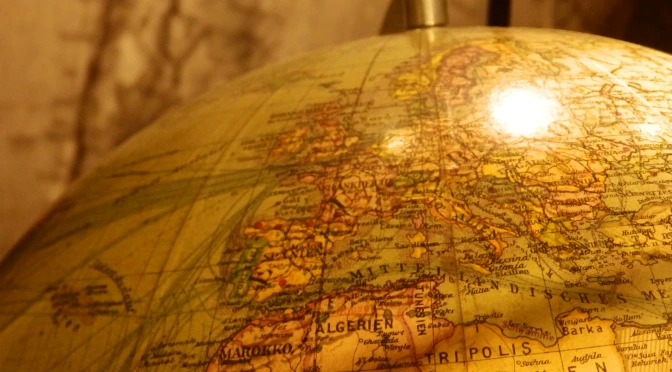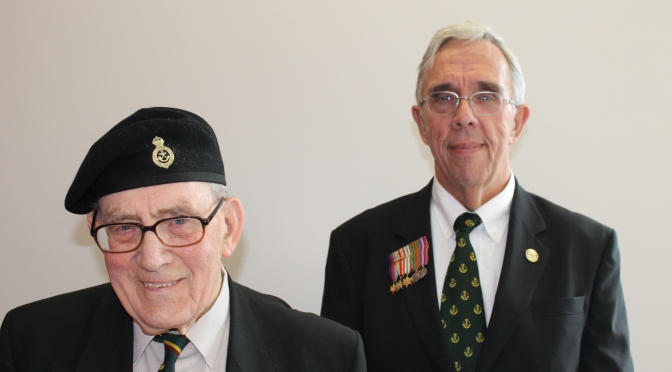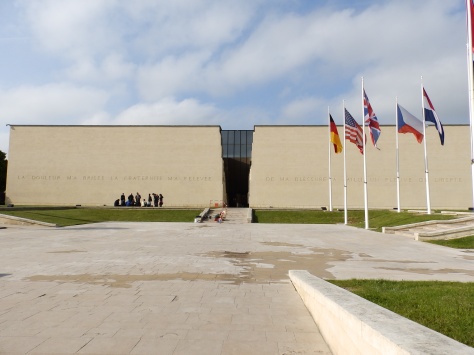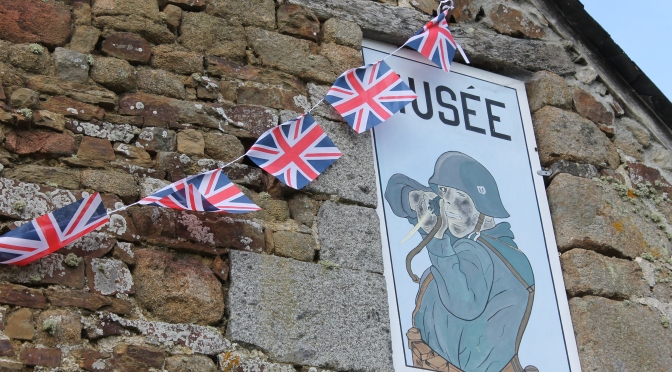“The war against Russia will be such that it cannot be conducted in a knightly fashion. This struggle is one of ideologies and racial differences and will have to be conducted with unprecedented, unmerciful and unrelenting harshness.”
– Adolf Hitler March, 1941
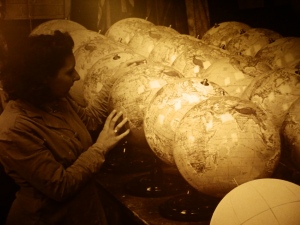 When visiting Normandy it is important to pay your respects to the French, British, Polish, Canadian and American forces who were involved in the Battle of Normandy and the D-Day landings. However, it is also important to remember those who lost their lives elsewhere during the Second World War. Of course, this is all stuff you have learned at senior school or “high school” (for those of you who are joining us from across the pond!), but I was surprised at how much I didn’t know… or have forgotten since I dug out my History 101 textbook.
When visiting Normandy it is important to pay your respects to the French, British, Polish, Canadian and American forces who were involved in the Battle of Normandy and the D-Day landings. However, it is also important to remember those who lost their lives elsewhere during the Second World War. Of course, this is all stuff you have learned at senior school or “high school” (for those of you who are joining us from across the pond!), but I was surprised at how much I didn’t know… or have forgotten since I dug out my History 101 textbook.
For example, the Wehrmacht attacked the USSR in the summer of 1941. By the time the leaves fell, the Germans and their allies (Finland, Hungary, Italy and Romania) were occupying territories just short of Leningrad and Moscow. For Nazi Germany, the invasion was a crucial conquest for vital space, in addition to being an ideological war and an annihilating racial war against the threat of “judeo-bolshevism”.
What really surprised me during my visit to Normandy this year was the number of soldiers and military personnel who came from all corners of the world to visit Normandy to pay their respects. I was touched by this act of affection and appreciation. I was also pleased to see so many young soldiers visiting and taking the time to visit the region. It’s sometimes easy to forget just how many families and individuals were affected by the war and continue to be affected today.
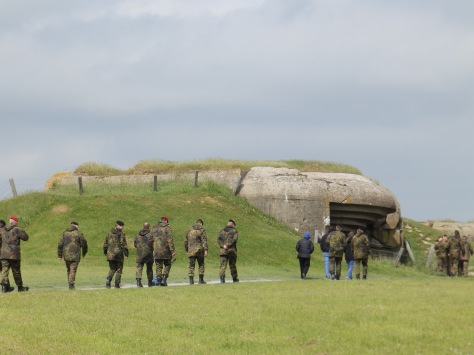
Follow me on Twitter @AnnieCDarling and use the hashtag #anniesddayblog to share your thoughts, images and videos with me!

